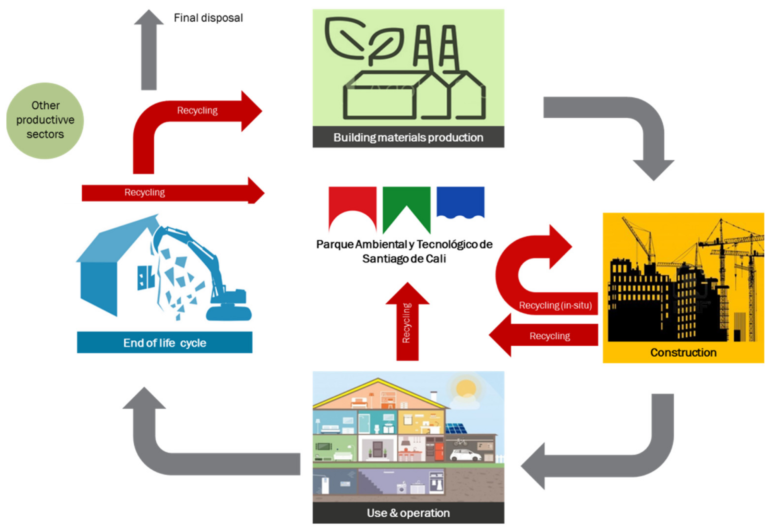Centuries of buildings, bridges, and other constructions have used concrete because of its high strength and simple production. Nevertheless, approximately 8% of global carbon emissions come from cement production. Thus, there are ongoing efforts on minimizing this huge carbon footprint. Some of these pollution reduction efforts focus on reusing concrete waste. For example, researchers in Japan recently pioneered high-pressure compaction as a straightforward means of recycling concrete. However, further improvement is necessary to make optimum use of such products.
Now, in a study recently published in Construction and Building Materials, researchers from the Institute of Industrial Science at the University of Tokyo have experimentally measured the changes in compressive strength and fine-scale structure that are induced by heat treatment after such compaction. This study will help improve the properties of recycled concrete and enhance the sustainability of the construction industry.
Heat treatment has been proposed as a means of enhancing the utility of high-pressure compaction. However, results have been mixed, ranging from deteriorated to enhanced quality. “We sought to add clarity to this debate,” explains Md. Ibrahim Mostazid, senior author. “By systematically studying common heat treatment conditions and the corresponding microstructure, we have rigorously evaluated the improved properties of the resulting concrete product.”
The researchers tested mixes of recycled portland cement concrete with iron/steel and blast furnace slag additives. They tested three common post-compaction heat treatments. The heat treatments all imparted microstructural reorganizations that resulted in improved properties. Furthermore, incorporating slag increased the density and fine-scale homogeneity of the concrete, which further contributed to improved properties. For example, in one concrete mixture, post-compaction autoclaving at 180°C for 8 hours increased the compressive strength by >5× compared with no autoclaving. In other words, the researchers have developed an energy-efficient means of improving the outcome of concrete recycling.
“Different thermal treatments improved the strength of the concrete, but by different mechanisms,” says Mostazid. “For example, autoclaving the concrete corresponded to hydrogarnet production, a different mineral than what we observed after simple heat treatments.”
In the future, researchers can compare these data to the results of their own concrete recycling programs—e.g., steam curing. In so doing, tests of the performance of recycled concrete will have clear numerical and microstructural reference points. Such standards will help researchers evaluate different procedures that are all aimed at the same environmental sustainability goals, and help minimize the carbon footprint of the construction industry.
More information:
Md. Ibrahim Mostazid et al, Effect of thermal treatment on strengthening recycled compacted concrete incorporating iron, steel, and blast furnace slag, Construction and Building Materials (2022). DOI: 10.1016/j.conbuildmat.2022.128623
Provided by
University of Tokyo
Citation:
Recycling concrete via high-pressure compaction to improve sustainability of construction (2022, August 10)



